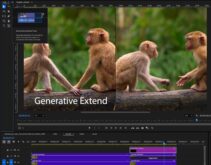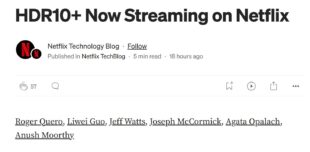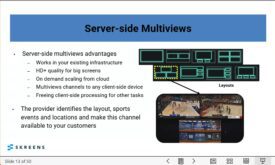 This is the second in a series of video tutorials on producing H.264, in this case detailing how to do so using Sorenson Squeeze.
This is the second in a series of video tutorials on producing H.264, in this case detailing how to do so using Sorenson Squeeze.
Here’s some background information explaining some of the encoding decisions made in the tutorial. First, the project involved a concert produced solely for streaming, so I shot in progressive mode. Hence no de-interlacing. Since music was involved, I encoded in 128 kbps stereo, where usually I produce in mono at 64 kbps or less.
I was producing for Flash distribution, so I encoded using H.264 and chose the F4V extension, rapidly becoming the standard for H.264 Flash output. The video will be distributed via progressive download (hence multipass encoding) solely to computers, and is not targeted at iPods or other devices. For this reason, I use H.264’s high profile. Had I wanted to produce a file that would load on an iPod, I would have used the Baseline profile. Of course, had I been producing for a streaming server, I likely would have produced in CBR mode, though that’s not essential.
If all this sound totally foreign to you, check out the streaming media primer, here, and the Producing H.264 Video for Flash: An Overview, here:
 Streaming Learning Center Where Streaming Professionals Learn to Excel
Streaming Learning Center Where Streaming Professionals Learn to Excel








